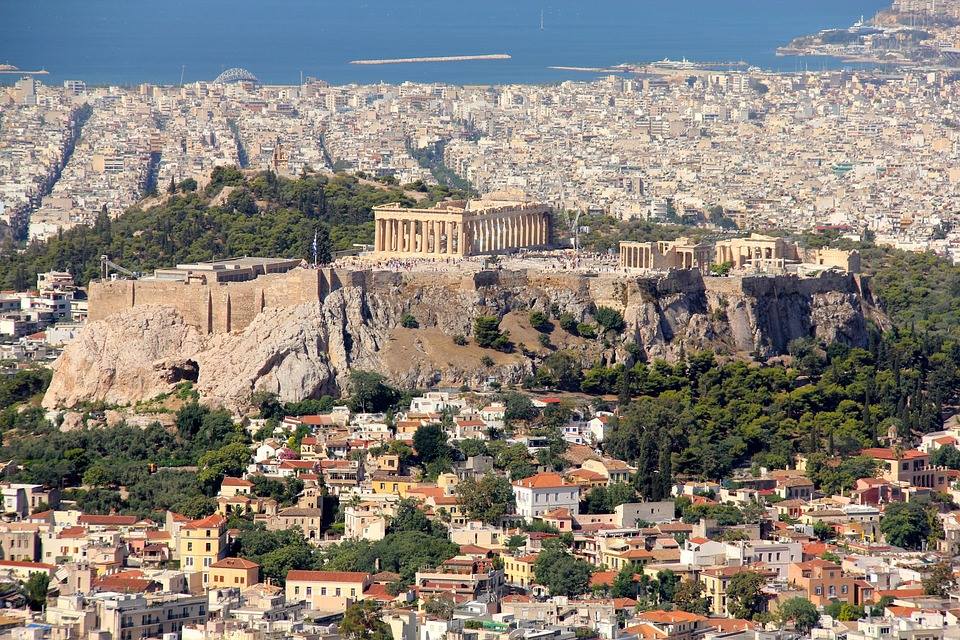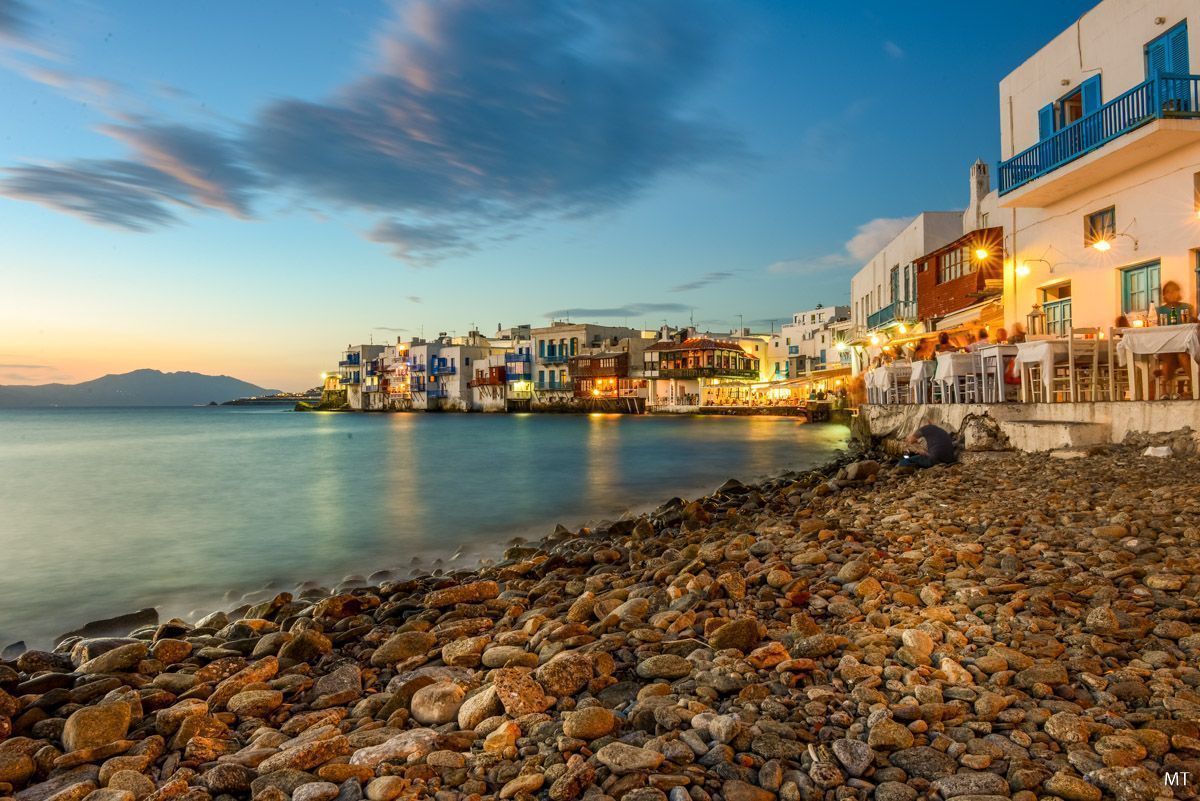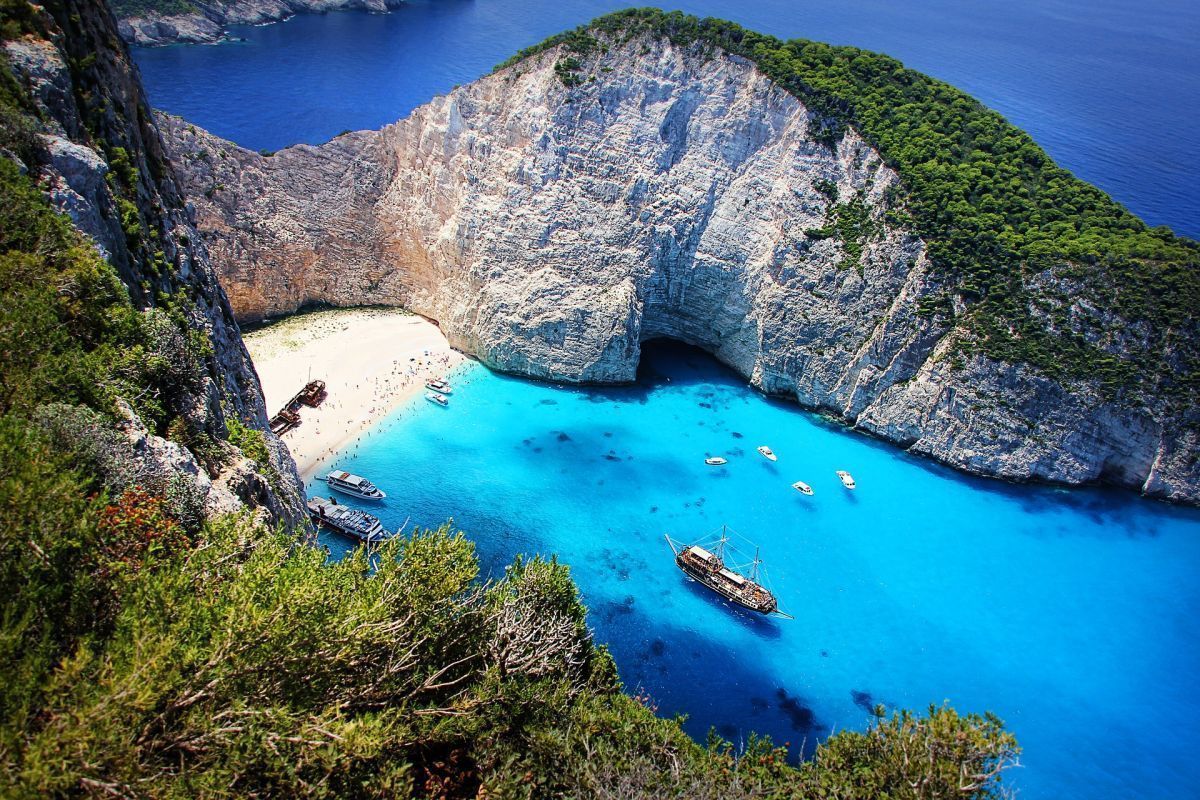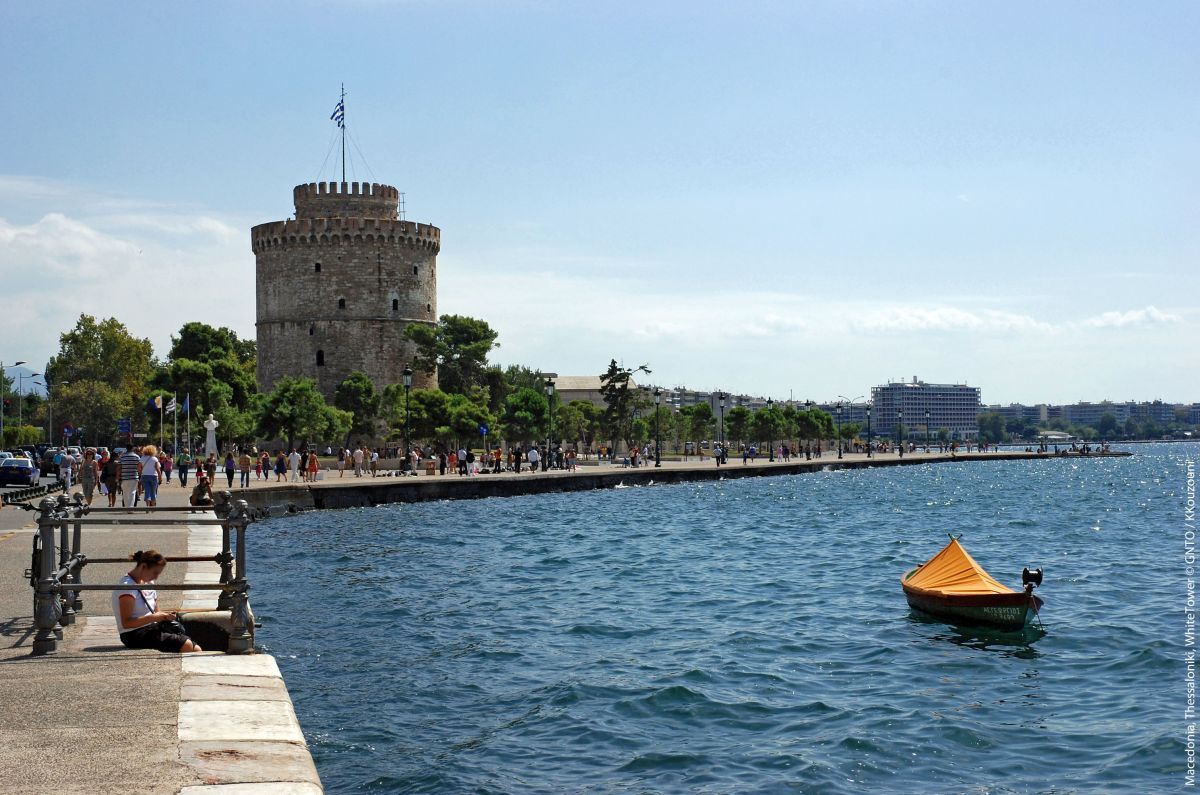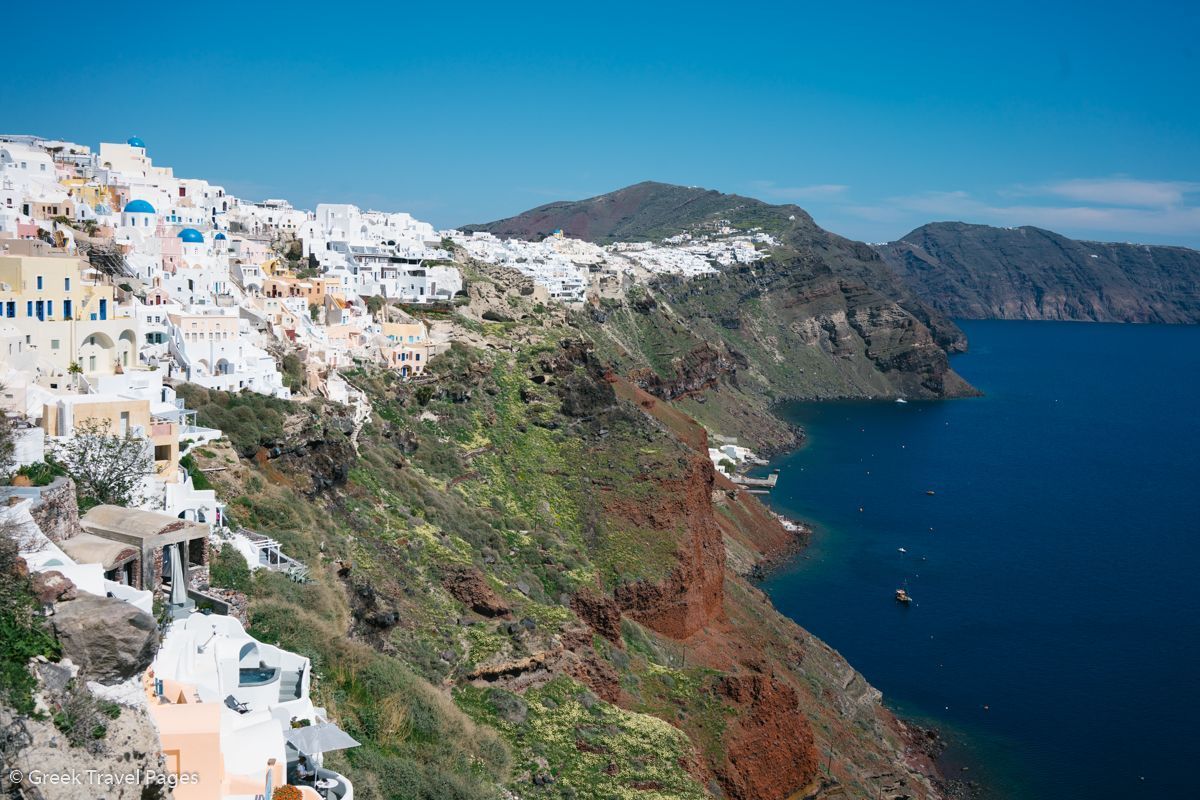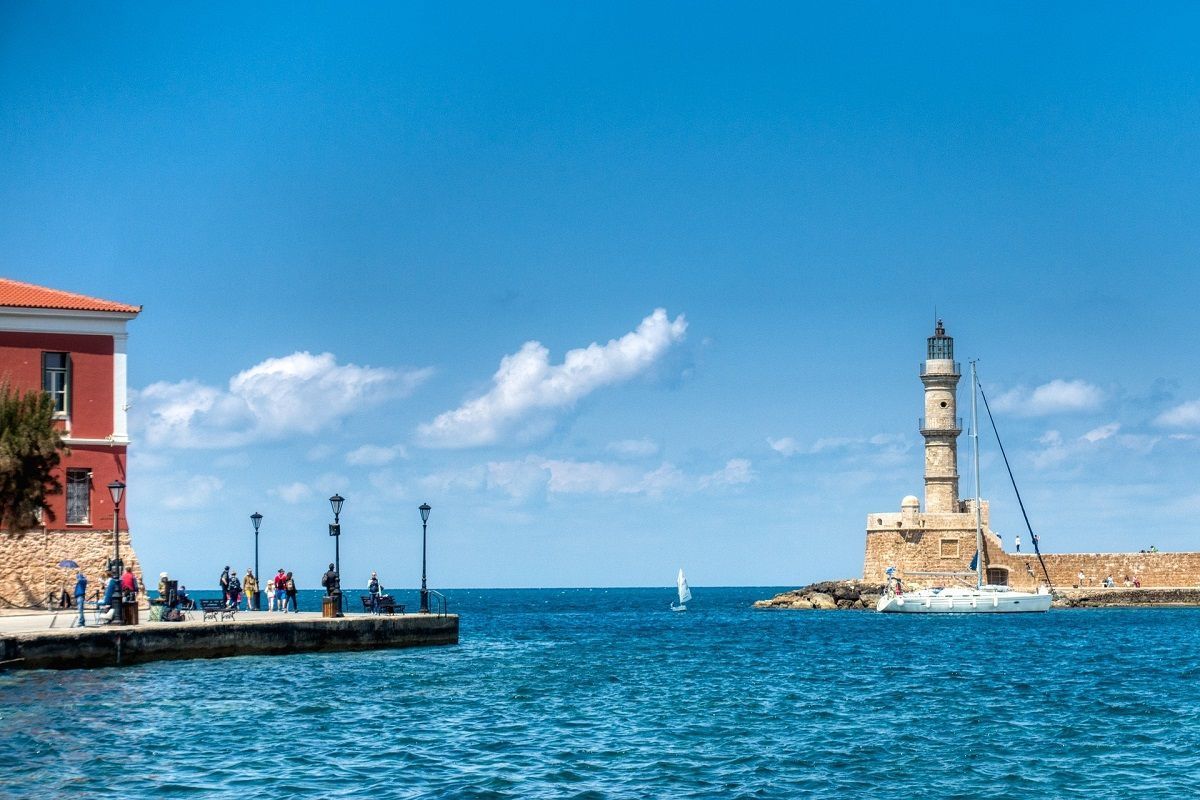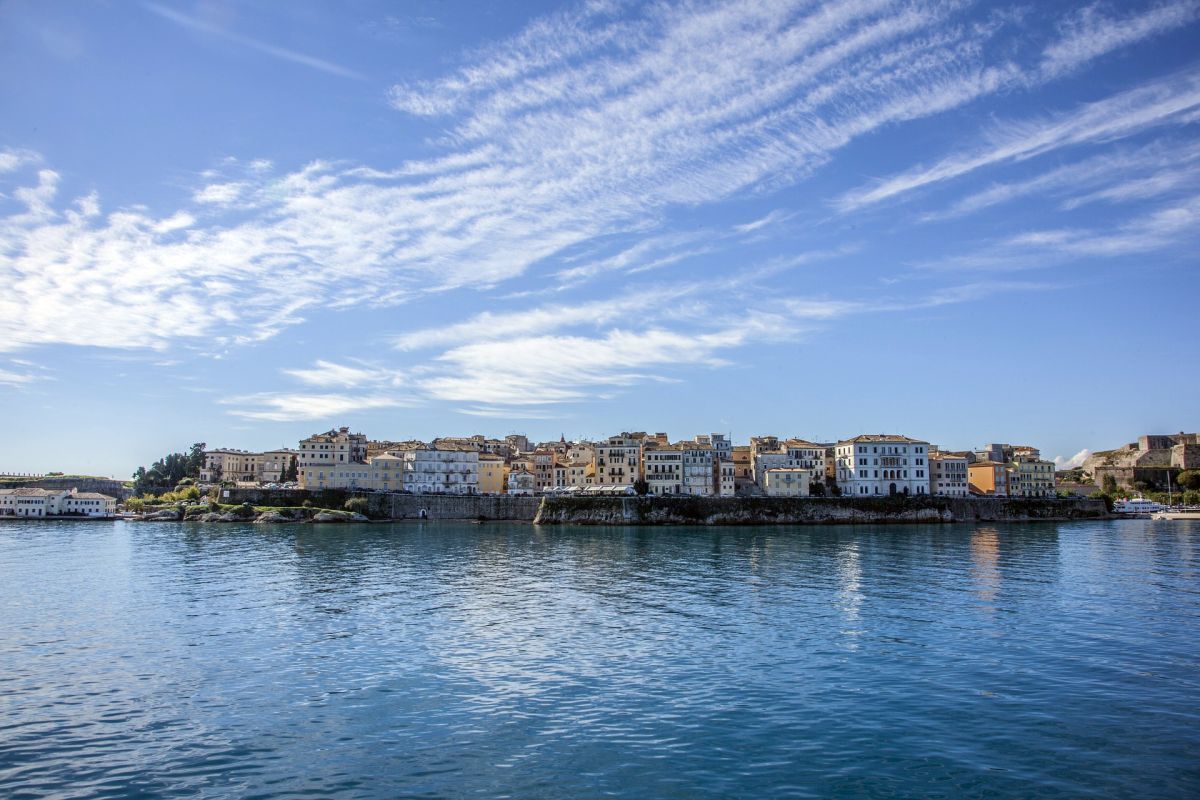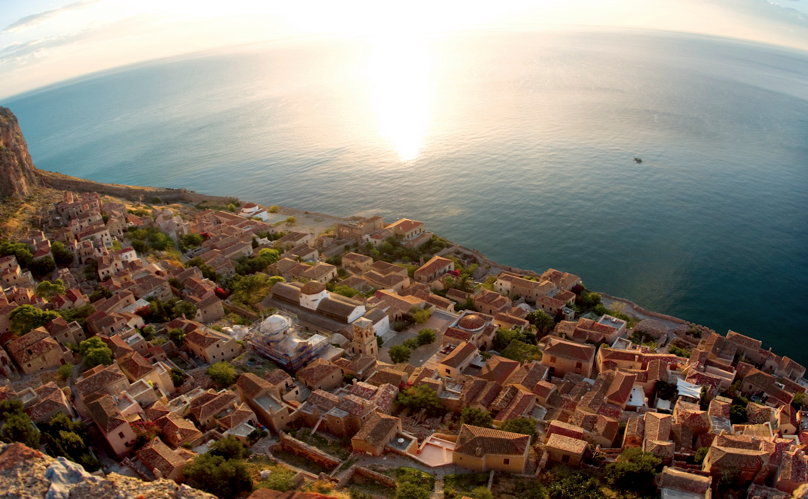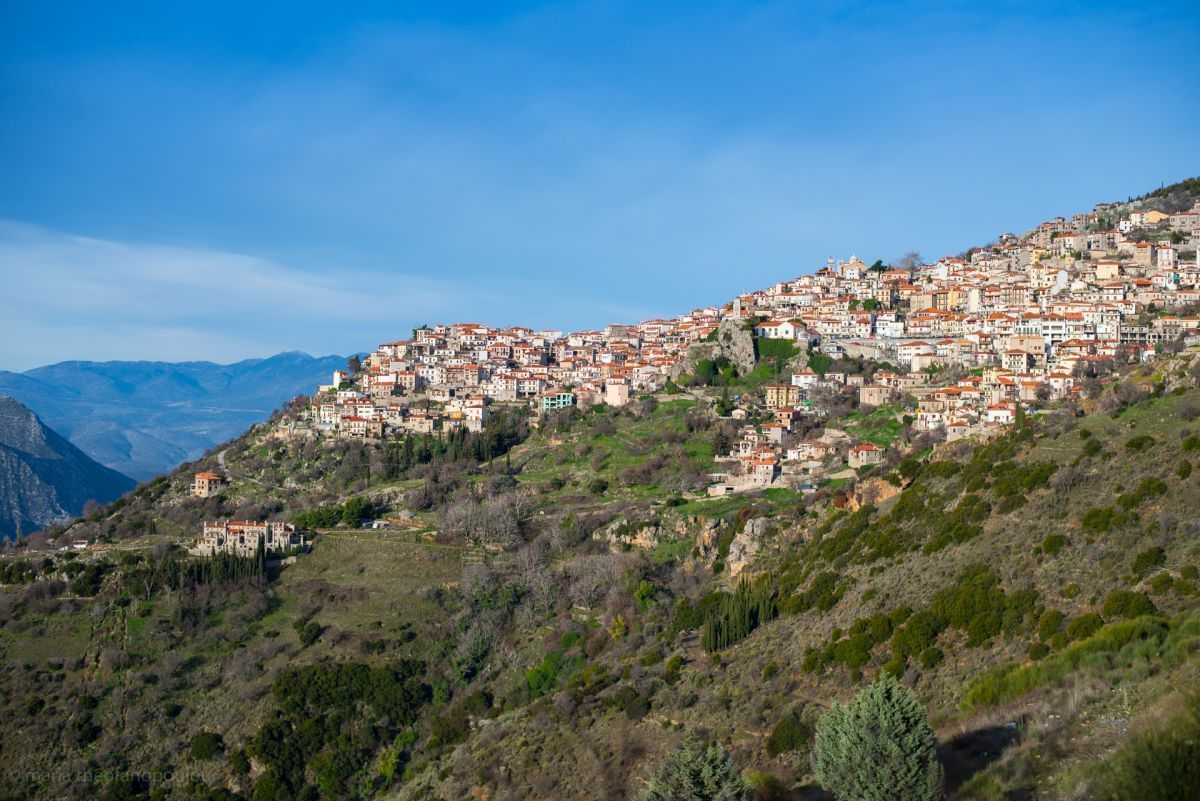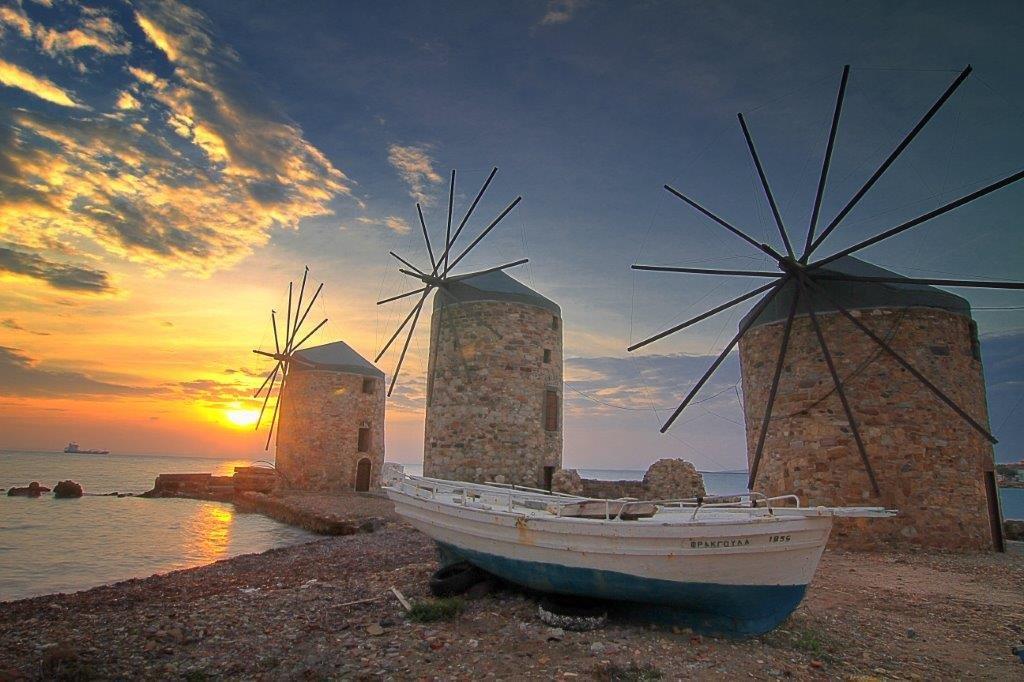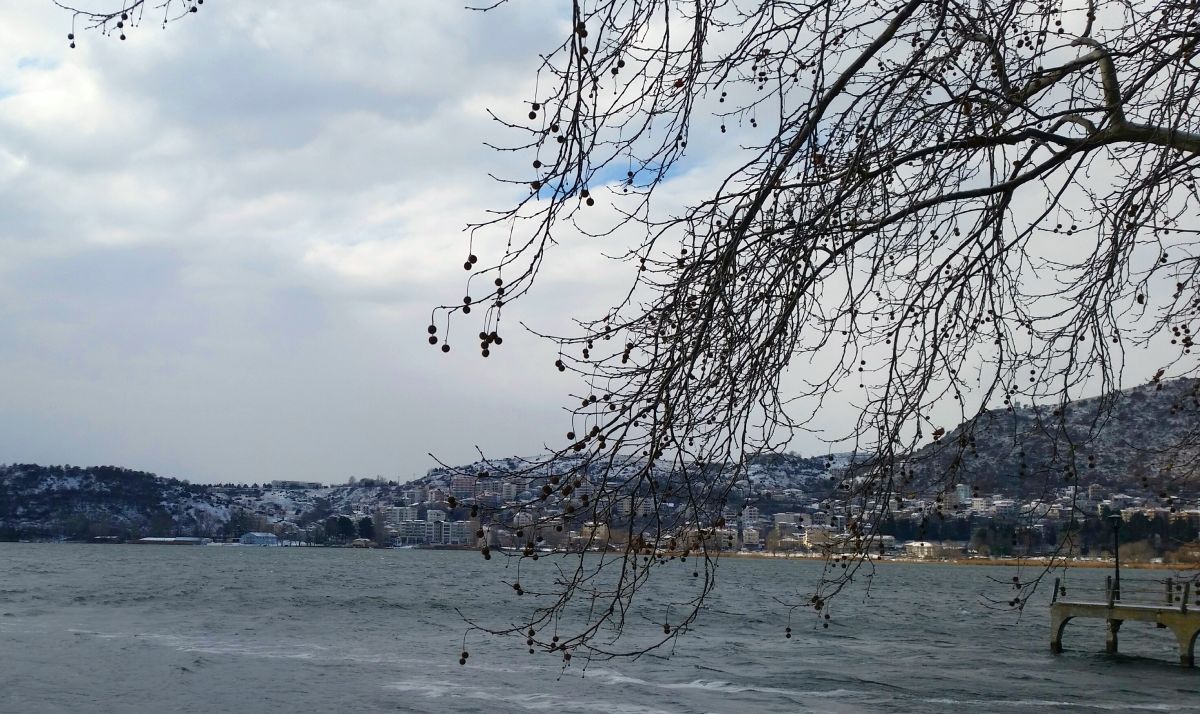Greek Tourism’s Rising 2019 Performance Cut Short by Covid-19, Says Research
The rising performance Greek tourism was recording up until 2019 was cut short by the coronavirus (Covid-19) pandemic, according to research findings from 13 reports released by SETE Intelligence (INSETE) that focus on the tourism progress of the country’s 13 regions between 2017-2019. INSETE is the research department of the Greek Tourism Confederation (SETE).
 “The extent of the decrease of tourism figures in 2020 was unprecedented, both for global and Greek tourism. In light of this, 2019 will be a reference year for future comparisons within the context of the effort to return tourism to pre-crisis levels,” INSETE said.
“The extent of the decrease of tourism figures in 2020 was unprecedented, both for global and Greek tourism. In light of this, 2019 will be a reference year for future comparisons within the context of the effort to return tourism to pre-crisis levels,” INSETE said.
Tourism performance of 13 Greek regions in 2017-2019
According to the data from INSETE’s reports, foreign visits to the 13 Greek regions during the 2017-2019 period in total increased by 18 percent (from 31 million in 2017 to 36.6 million in 2019). Respectively, tourist revenues in Greece for the same period increased by 24 percent (from 14.2 billion euros in 2017 to 17.7 billion euros in 2019). Also, the average expenditure per visit per region in Greece in 2019 increased by 5 percent compared to 2017, to 482 euros. Individually, the average expenditure recorded a positive percentage change in all regions, with the exception of Central Greece, Epirus and Eastern Macedonia and Thrace.
Which regions scored more tourism revenue in 2019
Through INSETE’s data, it can be observed which areas of Greece can be expected to show a faster comeback once travel resumes from the shock of the Covid-19 pandemic.
The Greek regions that recorded a strong upward trend in international tourism receipts during the 2017-2019 period include the South Aegean (42 percent increase), Eastern Macedonia – Thrace (+56 percent), the Peloponnese (+36 percent), Western Greece (+62 percent), Central Greece (+59 percent) and Western Macedonia (+68 percent).
Moreover, the top five regions that produced the most revenue in 2019 are the South Aegean (5.2 billion euros), Crete (3.6 billion euros), Attica (2.6 billion euros), Central Macedonia (2.3 billion euros) and the Ionian Islands (1.9 billion euros).
“The 13 reports are a useful tool for businesses, regions and municipalities, as well as the government, to formulate policies and take strategic decisions for the sustainable development of tourism for the benefit of local economies and communities,” according to INSETE General Manager Ilias Kikilias.
In its reports, INSETE clarifies that the term “visits” are defined as “the visits made by a tourist to the individual regions of Greece”. For example, a tourist that travels to Greece and visits two regions during his/her stay (such as Attica and South Aegean) is recorded by the Bank of Greece Border Survey as one arrival and two visits.
“For this reason, the total number of visits to the regions exceeds the total number of arrivals in the country,” the research body explains.
In particular, the visits, tourist receipts and average expenditure per visit to Greece, and their percentage change between 2017-2019, per region, are as follows:
- Central Macedonia
Visits: -7%, from 7.3 million in 2017 to 6.8 million in 2019
Receipts: + 21%, from 1.9 billion euros to 2.3 billion euros
Average expenditure: + 30% from 255 euros to 333 euros
- South Aegean
Visits: + 18%, from 5.8 million in 2017 to 6.9 million in 2019
Receipts: + 42%, from 3.7 billion euros to 5.2 billion euros
Average expenditure: + 20% from 626 euros to 751 euros
- Attica
Visits: + 15%, from 5.1 million in 2017 to 5.9 million in 2019
Receipts: + 24%, from 2.1 billion euros to 2.6 billion euros
Average expenditure: + 8% from 406 euros to 438 euros
- Crete
Visits: + 10%, from 4.8 million in 2017 to 5.3 million in 2019
Receipts: + 10%, from 3.3 billion euros to 3.6 billion euros
Average expenditure: + 0.4% from 678 euros to 681 euros
- Ionian islands
Visits: + 3%, from 2.97 million in 2017 to 3.05 million in 2019
Receipts: + 8%, from 1.8 billion euros to 1.9 billion euros
Average expenditure: + 5% from 598 euros to 627 euros
- Eastern Macedonia – Thrace
Visits: + 184%, from 1.3 million in 2017 to 3.8 million in 2019
Receipts: + 56%, from 282 million euros to 440 million euros
Average expenditure: -45% from 209 euros to 115 euros
- Peloponnese
Visits: + 24%, from 727 thousand in 2017 to 899 thousand in 2019
Receipts: + 36%, from 307 million euros to 417 million euros
Average expenditure: + 10% from 423 euros to 464 euros
- Epirus
Visits: + 45%, from 713 thousand in 2017 to 1 million in 2019
Receipts: + 21%, from 216 million euros to 261 million euros
Average expenditure: -17% from 303 euros to 253 euros
- Western Greece
Visits: + 45%, from 563 thousand in 2017 to 817 thousand in 2019
Receipts: + 62%, from 159 million euros to 257 million euros
Average expenditure: + 12% from 282 euros to 315 euros
- Central Greece
Visits: + 81%, from 376 thousand in 2017 to 679 thousand in 2019
Receipts: + 59%, from 113 million euros to 180 million euros
Average expenditure: -12% from 301 euros to 265 euros
- North Aegean
Visits: -1%, from 364 thousand in 2017 to 359 thousand in 2019
Receipts: -1%, from 167 million euros to 165 million euros
Average expenditure: + 0.5% from 458 euros to 460 euros
- Western Macedonia
Visits: + 37%, from 222 thousand in 2017 to 304 thousand in 2019
Receipts: + 68%, from 45 million euros to 76 million euros
Average expenditure: + 22% from 203 euros to 248 euros
- Thessaly
Visits: + 16%, from 694 thousand in 2017 to 806 thousand in 2019
Receipts: + 23%, from 290 million euros to 355 million euros
Average expenditure: + 5% from 418 euros to 440 euros
Moreover, the data showed that during the 2014-2019 period, international air arrivals to Greece increased by 46 percent (from 14.7 million to 21.6 million).
Further commenting on the reports, Kikilias said that 2021 should be marked as the start of a collective effort for the recovery and further upgrading of Greek tourism.
“At the same time, however, the main goal must be to maintain and further improve the international competitiveness of the tourism sector through the design and implementation of a consistent, structured and effective medium- to long-term strategic plan based on the achievements of recent years, the new data and the necessary collaborations and synergies,” he said.
He added that the 13 reports, as well as INSETE’s recent study on the necessary investments in public infrastructure to improve the competitiveness of the sector, can play a critical role in the effort to boost Greek tourism.

